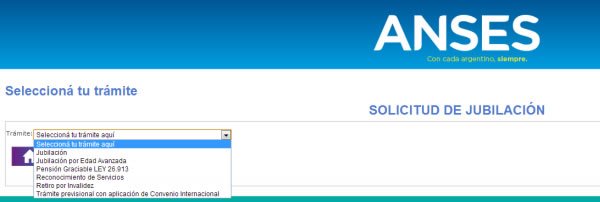

There are no maximum earnings used to calculate contributions. The minimum monthly earnings (after adjustments) used to calculate contributions are 4,009.94 pesos (June 2019). The gross monthly earnings used to calculate contributions are reduced by 7,003.68 for most categories of private-sector employers by 17,509.20 for certain public-sector employers, employers in the textile industry, health sector, in agriculture, and certain other employers. Social insurance: 10.47% or 12.53% of gross monthly covered payroll, depending on the activity of the enterprise 16% for public-sector employers. Small contributors include persons who sell movable goods, provide services, or are members of workers' cooperatives or certain enterprises specified by law with fewer than three workers. Self-employed persons enrolled in a simplified program for small contributors pay 493.31 pesos to 1,279.52 pesos a month (Monotributo), depending on their declared earnings small contributors with annual earnings below 138,127.99 pesos are exempt from contributions (Monotributo Social). Social insurance: 27% of monthly reference earnings for most categories of self-employed persons based on five income categories (from 6,683.15 pesos to 29,405.82 pesos a month). The maximum monthly earnings used to calculate contributions are 130,321 pesos (June 2019).Ĭontributions based on the 13th monthly salary in each year are paid in two halves (one in June and the other in December). The minimum monthly earnings used to calculate contributions are 4,009.94 pesos (June 2019). Social insurance: 11% of gross monthly covered earnings. Social assistance: Needy residents of Argentina. Special systems for military, security, and police personnel university professors teachers foreign ministry diplomats scientific researchers judicial authorities household workers and energy sector workers.
#WWW ANSES GOB AR PROFESSIONAL#
Voluntary coverage for clergy, corporate directors and shareholders without mandatory coverage, honorary cooperative board members, housewives, and certain other persons.Įxclusions: Certain professional workers hired abroad, including researchers, scientists, and technicians, who work in Argentina for up to two years and are insured in another country.

Social insurance: Employed and self-employed persons. A 2008 law closed the second-pillar individual accounts and transferred all workers and their account balances to a new first-pillar PAYG system (Integrated Argentinian Pension System ).

Note: From 1994 until the end of 2008, there was a mixed system consisting of a first-pillar public pay-as-you-go ( PAYG) program and a second pillar of individual accounts. Type of program: Social insurance and social assistance system. Old Age, Disability, and Survivors Regulatory Frameworkįirst laws: 1904 to 1954 (various laws on special categories).Ĭurrent laws: 1971 (old-age and disability pensions) 1993 (private-sector workers and self-employed persons) 1998 (simplified contributions for small earners) 2004 (early retirement), implemented in 2005 2008 (pensions adjustment), implemented in 20 (universal old-age pension). It does not store any personal data.Exchange rate: US$1.00 = 42.69 pesos. The cookie is set by the GDPR Cookie Consent plugin and is used to store whether or not user has consented to the use of cookies. The cookie is used to store the user consent for the cookies in the category "Performance". This cookie is set by GDPR Cookie Consent plugin. The cookie is used to store the user consent for the cookies in the category "Other. The cookies is used to store the user consent for the cookies in the category "Necessary". The cookie is set by GDPR cookie consent to record the user consent for the cookies in the category "Functional". The cookie is used to store the user consent for the cookies in the category "Analytics". These cookies ensure basic functionalities and security features of the website, anonymously. Necessary cookies are absolutely essential for the website to function properly.


 0 kommentar(er)
0 kommentar(er)
